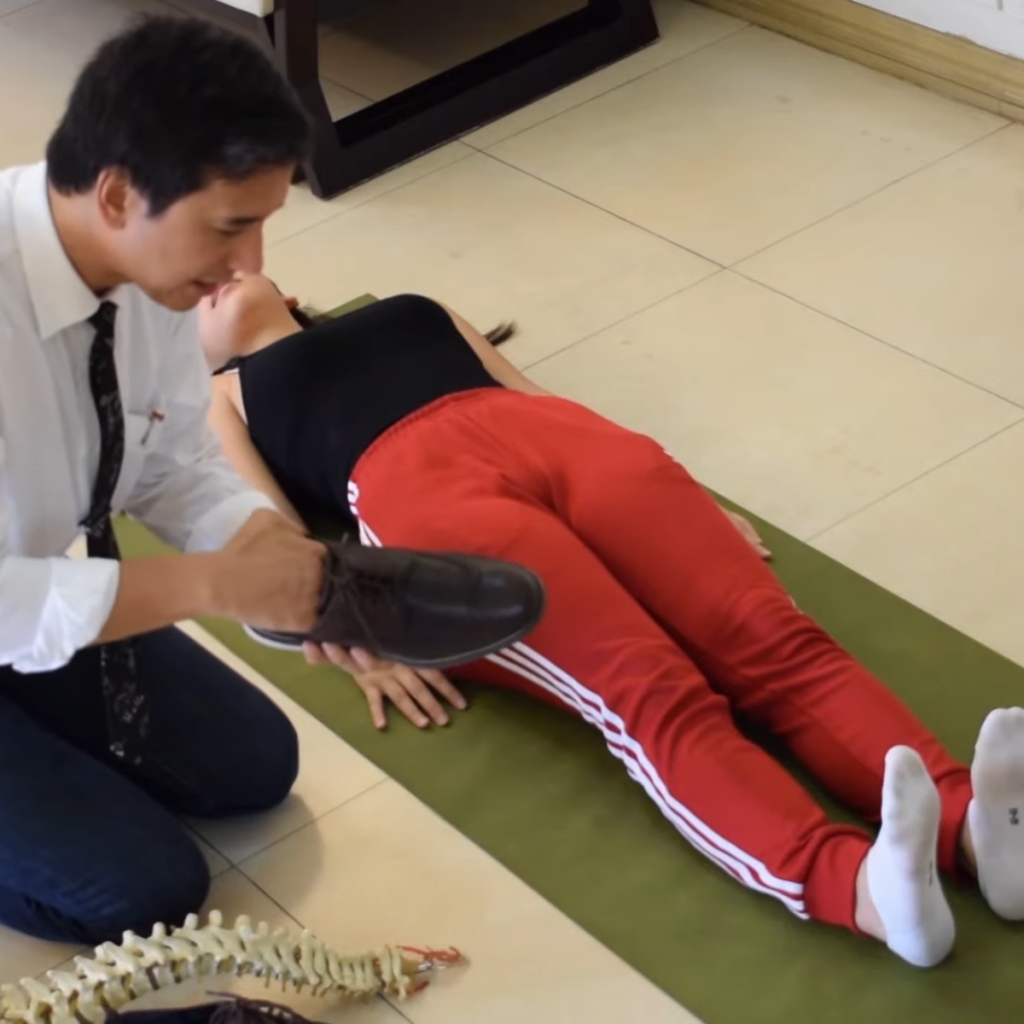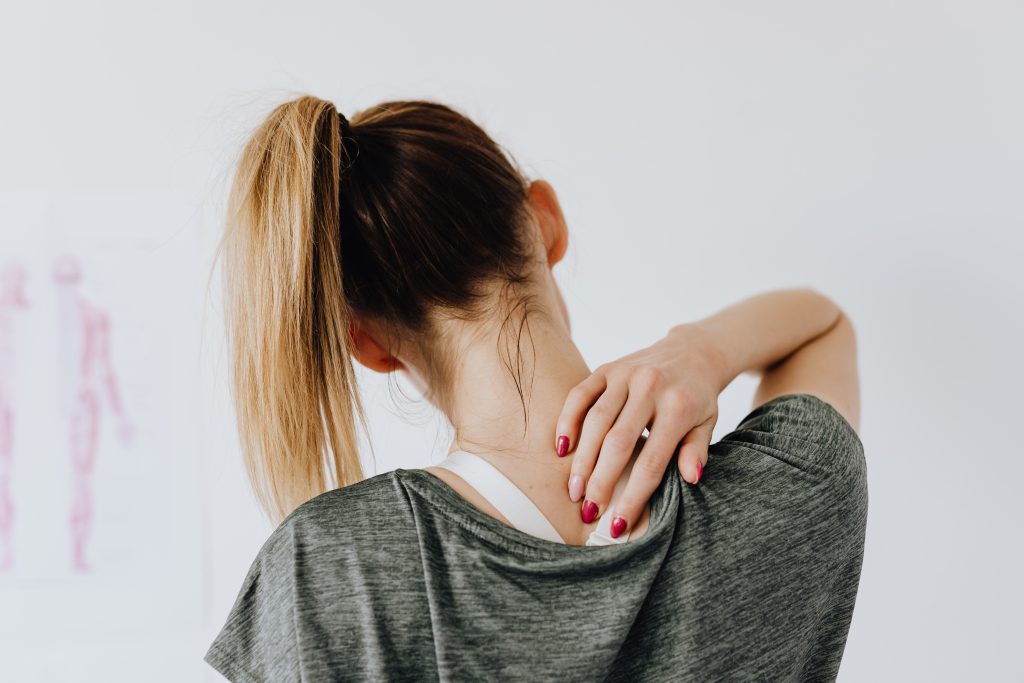Discover effective strategies to prevent back pain caused by your footwear.
How to Ensure Your Footwear Doesn’t Contribute to Back Pain
Are you tired of your back constantly complaining every time you take a step? Well, maybe it’s time to give your footwear a good hard look. Believe it or not, the shoes you wear can have a huge impact on your back health. In this article, we will dive deep into the connection between footwear and back pain and explore the ways you can choose the right footwear to keep those aches at bay.

Understanding the Link Between Footwear and Back Pain
Before we get into the nitty-gritty of selecting the best shoes for your back, let’s take a moment to understand why the type of footwear we choose matters. It all boils down to how our feet impact our spinal alignment.
Our feet are the foundation of our body, and they play a crucial role in maintaining proper posture and balance. When we walk or stand, the pressure and impact from our feet are transferred up through our legs and into our spine. If our feet are not properly supported, this can lead to misalignments and back pain.
The Impact of Improper Footwear on Spinal Alignment
Imagine wearing shoes that throw your body off balance. As you walk, your spine compensates to keep you upright, and over time, this can lead to misalignments and back pain. If your footwear lacks proper support, your body will work extra hard to maintain stability, which puts pressure on your back.
Furthermore, when we wear shoes with inadequate cushioning, the shock absorption capabilities are compromised. This means that the impact from each step is not properly absorbed, leading to increased stress on the spine.
Common Footwear Mistakes That Lead to Back Pain
Now that we understand the importance of footwear in back pain prevention, let’s talk about some common mistakes people make when it comes to their footwear choices.
- Wearing shoes with worn-out soles that lack proper cushioning: Over time, the soles of our shoes wear down, reducing their ability to absorb shock and provide support. This can result in increased pressure on the back and contribute to back pain.
- Opting for flimsy shoes without sufficient arch support: The arch of the foot acts as a natural shock absorber. When we wear shoes without proper arch support, the arch collapses, causing the foot to flatten and putting strain on the back.
- Choosing shoes that don’t fit properly or have improper heel design: Ill-fitting shoes can cause the foot to slide around, leading to instability and an altered gait. Additionally, shoes with improper heel design can disrupt the natural alignment of the spine, leading to back pain.
Now that we know what to avoid, let’s focus on how to choose footwear that will keep back pain at bay.
When selecting shoes, prioritize those that provide adequate arch support to maintain the natural curvature of the spine. Look for shoes with cushioned soles that can absorb shock and reduce impact on the back. Additionally, ensure that the shoes fit properly, allowing for proper foot alignment and stability.
Remember, investing in the right footwear is not only about comfort but also about maintaining a healthy spine and preventing back pain in the long run.
Choosing the Right Footwear for Back Pain Prevention
Back pain can be a real pain in the… well, back! But did you know that the right footwear can make a world of difference in preventing and alleviating back pain? It’s true! When it comes to selecting the perfect pair of shoes, there are a few key factors to consider.
The Importance of Arch Support in Footwear
One of the key factors to consider when selecting footwear for back pain prevention is arch support. Our arches act as natural shock absorbers, and without proper support, the impact of each step can take a toll on our back. So, it’s essential to choose shoes that provide adequate arch support. Look for shoes with built-in arch support or consider using orthotic inserts to give your arches the extra love and support they need.
But what exactly is arch support, you may ask? Arch support refers to the structure and design of the shoe that helps maintain the natural curve of your foot. It helps distribute your body weight evenly and reduces the strain on your back. So, next time you’re shoe shopping, pay close attention to the arch support offered by different brands and styles.
Cushioning and Shock Absorption: Key Features for Back Pain Relief
Ah, the joyous feeling of walking on clouds! Well, maybe not quite literally, but choosing shoes with adequate cushioning and shock absorption can certainly make it feel that way. The more cushioning and shock absorption your shoes provide, the less strain your back will endure.
When you walk or run, your feet bear the brunt of the impact with each step. Without proper cushioning and shock absorption, this impact can reverberate up your legs and spine, leading to back pain. So, look for shoes with ample cushioning in the midsole and heel areas. Materials like gel, foam, or air pockets can provide excellent shock absorption and help protect your back.
The Role of Proper Shoe Size and Fit in Back Pain Prevention
Did you know that wearing ill-fitting shoes can affect your spinal alignment? It’s true! Shoes that are too tight or too loose can throw off your balance and lead to back pain. So, when it comes to selecting the right footwear, size and fit matter.
Make sure to always measure your feet and try on different sizes to find a pair that fits just right. Your shoes should provide enough room for your toes to wiggle comfortably, without being too loose or too tight. Remember, your feet can change in size and shape over time, so it’s essential to get measured periodically to ensure you’re wearing the correct shoe size.
Additionally, pay attention to the width of the shoe. If you have wider feet, opting for shoes with a wider toe box can help prevent discomfort and potential back pain. Don’t be afraid to ask for assistance from a knowledgeable salesperson who can guide you in finding the perfect fit.
So, the next time you’re in the market for a new pair of shoes, keep these factors in mind. Arch support, cushioning, shock absorption, proper size, and fit can all play a significant role in preventing back pain. Your feet and back will thank you!
Tips for Evaluating Footwear for Back Pain Relief
When it comes to finding the right footwear to alleviate back pain, there are several factors to consider. The sole and heel design, flexibility and stability, as well as the option of orthotic inserts and customized insoles, all play a crucial role in providing optimal spinal support and preventing further discomfort.

Examining the Sole and Heel Design for Optimal Spinal Support
One of the key aspects to look for in shoes for back pain relief is the sole and heel design. A stable and supportive sole is essential in keeping your feet aligned with your body. This alignment helps to maintain proper posture and reduces the strain on your spine. Additionally, shoes with a slightly raised heel can be beneficial in distributing pressure more evenly along the spine, providing further relief to your back.
It is important to note that the sole and heel design should not only provide support but also offer adequate cushioning. Cushioning helps to absorb shock and impact, reducing the stress on your back when walking or standing for extended periods of time. Therefore, when evaluating footwear, consider the level of cushioning provided by the sole and heel.
Assessing the Flexibility and Stability of Footwear for Back Pain Prevention
Flexibility and stability are two crucial factors to consider when evaluating footwear for back pain prevention. While it may seem counterintuitive, a little flexibility in the sole is actually beneficial for maintaining a healthy back. This flexibility allows your feet to move naturally and adapt to different surfaces, reducing the strain on your back and promoting a more comfortable walking experience.
However, it is equally important to ensure that the shoes provide enough stability to keep your feet secure. Excessive pronation (inward rolling of the foot) or supination (outward rolling of the foot) can lead to imbalances in the body, which can contribute to back pain. Therefore, look for shoes that offer stability features such as reinforced arch support and a firm midsole to prevent excessive foot movement and maintain proper alignment.
Considering Orthotic Inserts and Customized Insoles for Added Support
If you have tried various shoes but still haven’t found the perfect fit for your back, there is no need to worry. Orthotic inserts and customized insoles can provide an additional layer of support and comfort that your spine craves. These inserts are designed to align your feet properly and distribute pressure evenly, reducing the strain on your back.
Orthotic inserts are available in different materials and designs, catering to specific foot conditions and individual needs. They can help correct any biomechanical imbalances in your feet, which may be contributing to your back pain. Customized insoles, on the other hand, are made specifically for your feet, taking into account your unique foot structure and providing personalized support.
When considering orthotic inserts or customized insoles, it is advisable to consult with a healthcare professional, such as a podiatrist or orthopedic specialist. They can assess your specific needs and recommend the most suitable options for your back pain relief.
In conclusion, evaluating footwear for back pain relief involves examining the sole and heel design, assessing the flexibility and stability, and considering the option of orthotic inserts and customized insoles. By paying attention to these factors, you can find the right shoes that provide optimal spinal support, prevent further discomfort, and promote a healthier back.
Maintaining Healthy Footwear Habits for Back Pain Prevention
Regularly Replacing Worn-Out Footwear to Avoid Spinal Misalignment
Just like your favorite song on repeat starts to lose its charm, worn-out shoes lose their ability to provide proper support. To avoid back pain, make sure to regularly replace your footwear. As a general rule of thumb, aim to replace your shoes every 300 to 500 miles.
Practicing Good Posture and Body Mechanics While Wearing Footwear
The best shoes in the world won’t magically fix your back if you have poor posture or body mechanics. When wearing your well-selected footwear, make an effort to maintain good posture and use proper body mechanics. Engage your core, keep your head up, and take confident strides.
Incorporating Foot Stretches and Exercises to Support Back Health
While your shoes can play a significant role in preventing back pain, they’re not the only solution. It’s essential to incorporate foot stretches and exercises into your daily routine to strengthen your muscles and support your back. Simple exercises like toe curls and calf stretches can work wonders for your overall foot and back health.
In conclusion, your footwear is more than just a fashion statement—it can either be your back’s best friend or worst enemy. By understanding the impact of footwear on spinal alignment and making informed choices, you can ensure that your footwear doesn’t contribute to back pain. So lace up those supportive shoes, take a look at your shoe collection, and start walking toward a back-pain-free future!



